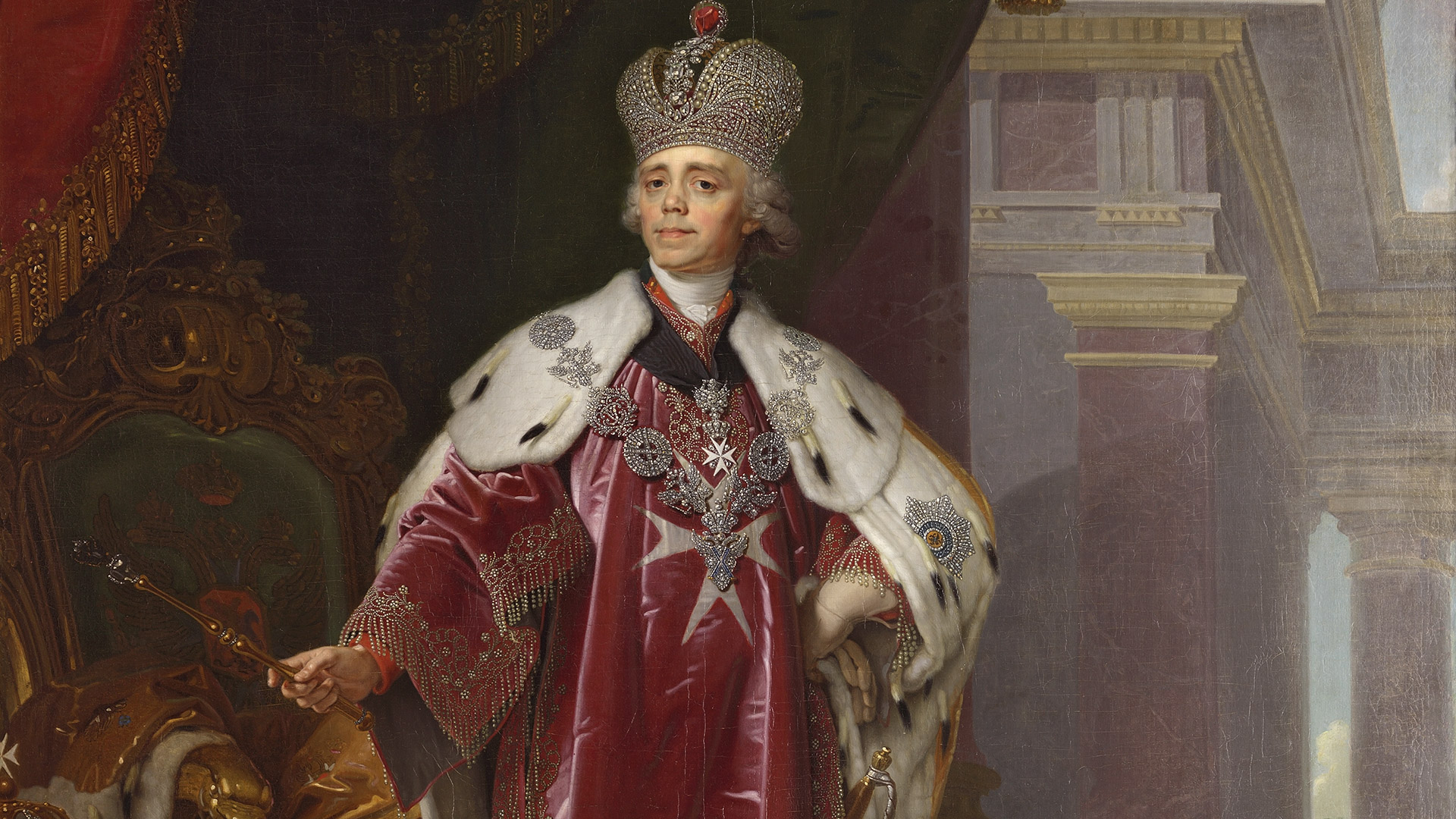
Who opened the first savings account in Russia & when?

He was recorded as the owner of the first “savings book” (present-day savings account) in the country. His deposit amounted to the then maximum 10 rubles in silver with an interest rate of 4 percent per annum.
In the 19th century, all Russian credit institutions, as well as some orphanages and hospitals, were managed by the Guardianship Council of Empress Maria Fyodorovna, wife of Emperor Paul. In 1842, the first savings bank in Russia appeared in this institution. It was opened to serve orphanages for orphans and children born out of wedlock.
The main idea of savings banks was to give people the opportunity to save their money and earn from it. Unlike in other countries, in Russia, it was the state that opened savings banks.
And Nikolai Kristofari brought the first money to these banks. He was an official of the Loan Treasury, one of the bodies that controlled the Empress’ Board of Guardianship. On March 1 (some records state March 13), 1842, Kristofari officially opened his deposit account. On the same day, 75 more people received “savings books” and, in total, the treasury was replenished with 426.5 rubles.

One hundred and sixty-five years later, in 2007, a monument to the owner of the first "savings book" in the history of Russia was unveiled in Moscow. And, shortly before that, in November 2006, the Bank of Russia issued a silver commemorative 3-ruble coin with a portrait of Kristofari.
Sberbank’s supercomputers ‘Christofari’ and ‘Christofari Neo’, which train neural networks and work with artificial intelligence algorithms, were also named in honor of the first depositor.
Meanwhile, new paper savings bank books stopped being issued in Russia in 2010. Now everything is online.












